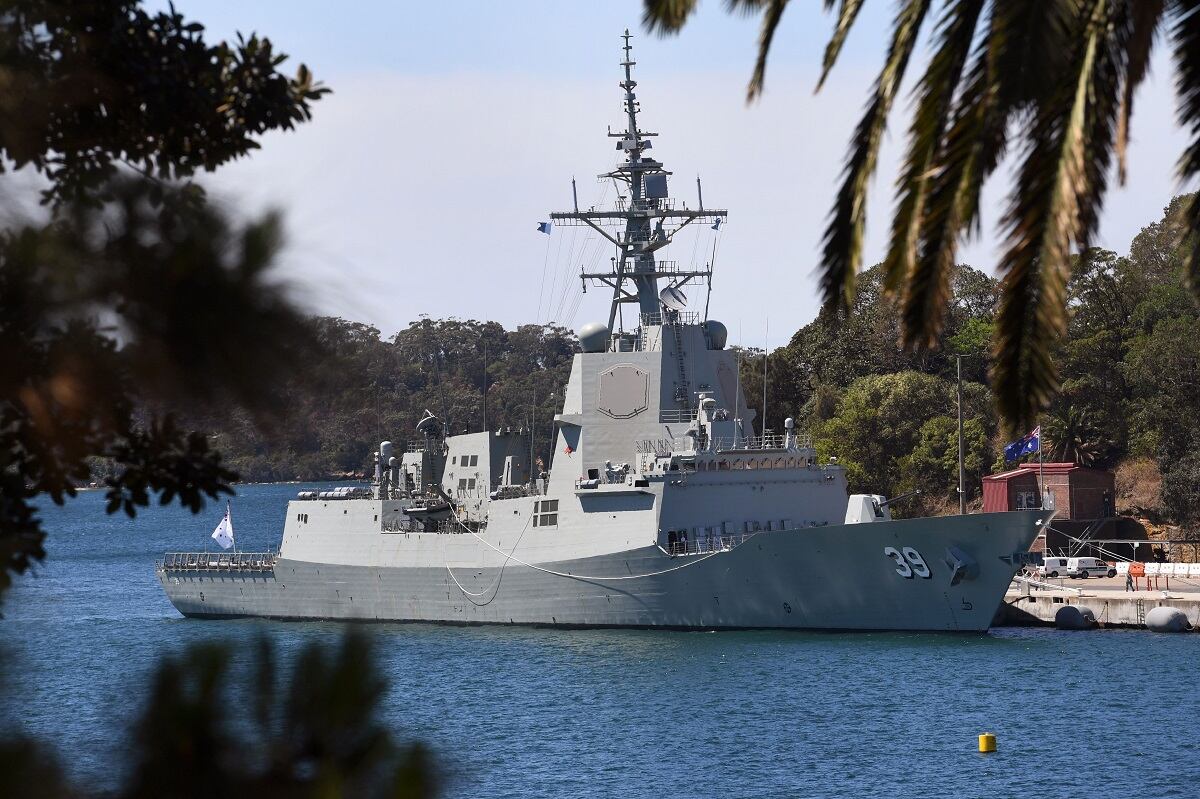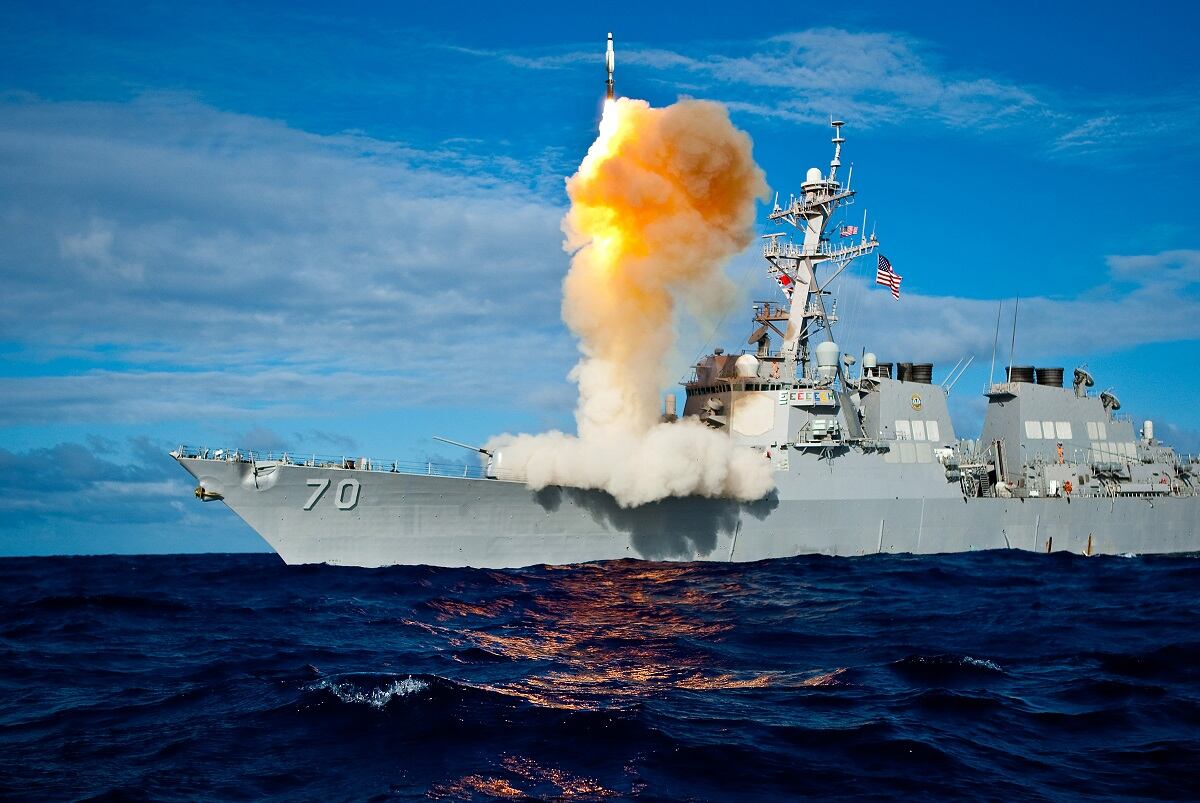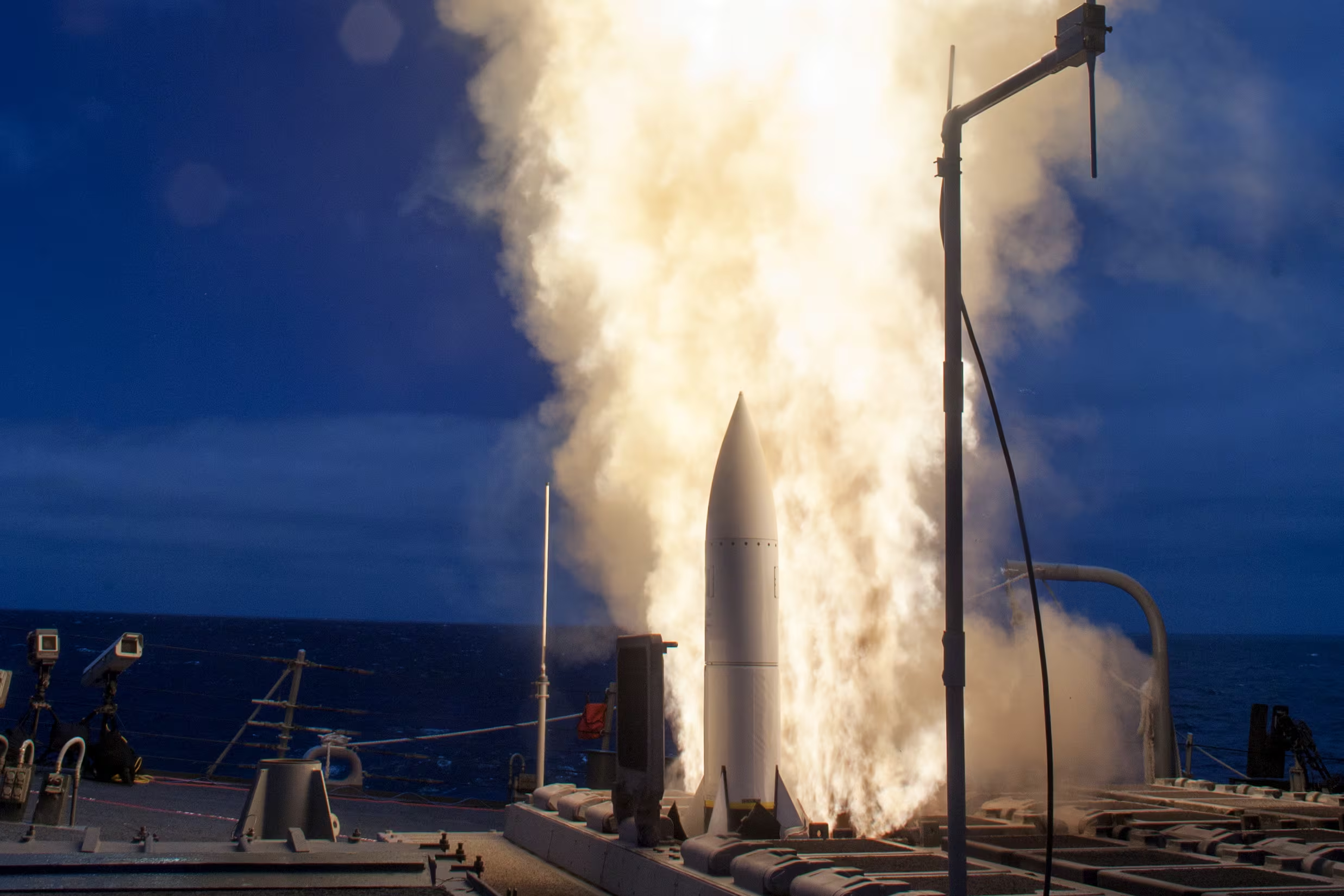WASHINGTON ― The U.S. Defense Department announced June 25 that Lockheed Martin has been awarded a $78 million contract for test-site operation and maintenance of the Aegis ballistic missile defense system at the company’s Rotary and Mission Systems facility in Moorestown, New Jersey.
The contract covers “technical engineering, configuration management, associated equipment and supplies, quality assurance, information assurance and other operation and maintenance efforts” for Lockheed’s combat systems engineering development site, SPY-1A radar test facility and naval systems computing center, according to the Pentagon.
The contract also accounts for upgrades to test sites for Aegis facilities that will be used to modernize Ticonderoga- and Arleigh Burke-class ships through the completion of Advanced Capability Build 20 and Technology Insertion 16, or ACB-20/TI-16.
RELATED

The contract will be paid for by a consortium of buyers, including the U.S. Navy (39 percent), the Missile Defense Agency (11 percent), Japan (36 percent), Australia (11 percent) and South Korea (3 percent).
Japan, Australia, South Korea, Spain and Norway are the only countries currently operating Aegis-equipped vessels.
RELATED

ACB-20 incorporates several technologies into new DDG-51 Flight III Aegis ships. A key component of the build is the Baseline 9C hardware and software, including Lockheed’s multimission signal processor that allow the destroyers to switch between their missile and air defense roles.
This software is augmented by the new hardware, specifically the AN/SPY-6 radar, previously know as the Air Missile Defense Radar. The AN/SPY-6 uses both X- and S-band radio frequencies to simultaneously track long-range exoatmospheric ballistic targets, as well as close-range air and surface threats, according to a U.S. Navy fact sheet.
Another addition included in the ACB-20/TI-16 modernization program is the full integration of the SM-6 and Evolved Sea Sparrow Missile Block II missile interceptors. Fired from the Mark 41 vertical launch system, these missiles are employed for air defense and terminal ballistic missile defense.
Daniel Cebul is an editorial fellow and general assignments writer for Defense News, C4ISRNET, Fifth Domain and Federal Times.








